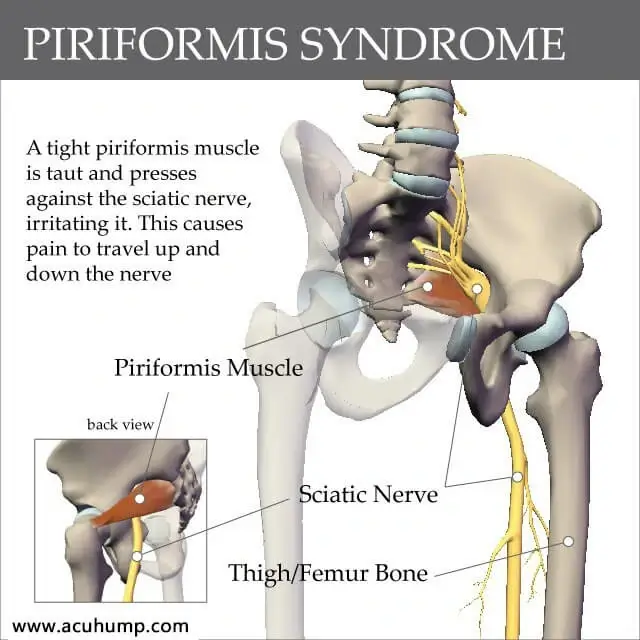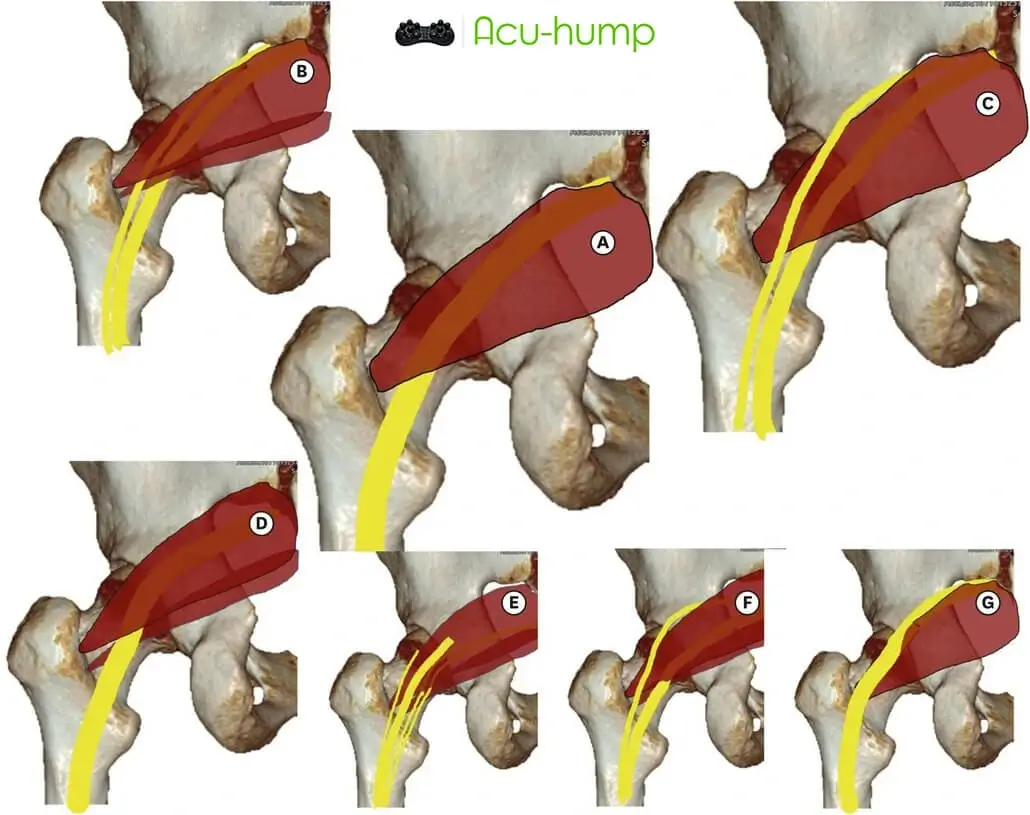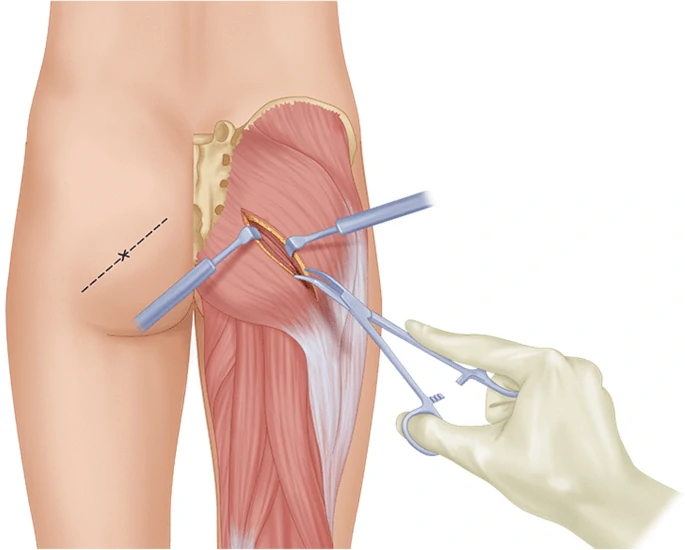Piriformis syndrome is a condition characterized by the compression or irritation of the sciatic nerve by the piriformis muscle. It often leads to symptoms such as buttock pain, radiating leg pain, and numbness. While non-surgical treatments are typically the first line of defense against piriformis syndrome, there are cases where surgery becomes necessary to alleviate the persistent and debilitating symptoms.
What is Piriformis Syndrome
Piriformis syndrome occurs when the piriformis muscle, located in the buttock region, compresses or irritates the sciatic nerve. This can be caused by various factors, including overuse, trauma, or anatomical variations. Non-surgical treatment options such as physical therapy, stretches, and pain management techniques are usually recommended to manage the condition. However, if these conservative treatments fail to provide relief, surgery may be considered.

Indications for Piriformis Surgery
There are specific indications that suggest piriformis surgery may be necessary for individuals with piriformis syndrome. Severe or persistent pain that significantly affects daily activities and limits physical functioning, despite trying piriformis treatments at home, is often a key factor. Diagnostic tests, such as imaging or electromyography, may reveal the compression of the sciatic nerve by the piriformis muscle. Structural abnormalities or anatomical variations that contribute to ongoing symptoms are also considered.
Types of Piriformis Surgery
Several surgical options are available for individuals who meet the criteria for piriformis surgery. Piriformis muscle release or lengthening involves dividing the tight fibers of the muscle to relieve pressure on the sciatic nerve. Decompression of the sciatic nerve involves removing any compressive structures around the nerve. In severe cases, the removal or repositioning of the piriformis muscle may be necessary. Surgical correction of any associated structural abnormalities, such as bone spurs, may also be performed.

Risks and Benefits of Piriformis Surgery
As with any surgery, there are potential risks and complications associated with piriformis surgery. These can include infection, bleeding, nerve damage, or ineffective pain relief. However, the potential benefits of surgery can be significant. For individuals who have exhausted non-surgical options without success, surgery offers the possibility of long-term pain reduction, improved functionality, and a better quality of life. It is crucial to have an open discussion with a healthcare professional to fully understand the risks and benefits before making a decision.
Recovery and Rehabilitation
Following piriformis surgery, a period of recovery and rehabilitation is necessary. This includes a hospital stay for a few days, pain management, and gradually increasing mobility. Physical therapy is often prescribed to help restore strength, flexibility, and proper muscle function. Rehabilitation exercises, both at the clinic and at home, aim to enhance the healing the piriformis muscle process, minimize scar tissue formation, and restore normal movement patterns. It is vital to follow the prescribed rehabilitation program closely to ensure optimal recovery.

In conclusion, when non-surgical interventions have proven ineffective, piriformis surgery may be considered as an alternative for individuals experiencing severe and persistent pain, or those with structural abnormalities contributing to their symptoms of piriformis syndrome. However, it’s important to remember that surgery should always be a last resort, and it is crucial to engage in open and thorough discussions with healthcare professionals to make the most informed decisions.

Acu-hump®
Release Piriformis
While surgery aims to alleviate pain, enhance functionality, and improve quality of life, it is worth exploring less invasive options first. One such option is the Acu-hump piriformis pain relief device, which can be used to assist with stretching and provide temporary relief. Integrating the use of the Acu-hump into a comprehensive treatment plan may offer additional benefits in managing and alleviating piriformis pain.

Acu-hump: 30-day return policy.
You have no risk.
